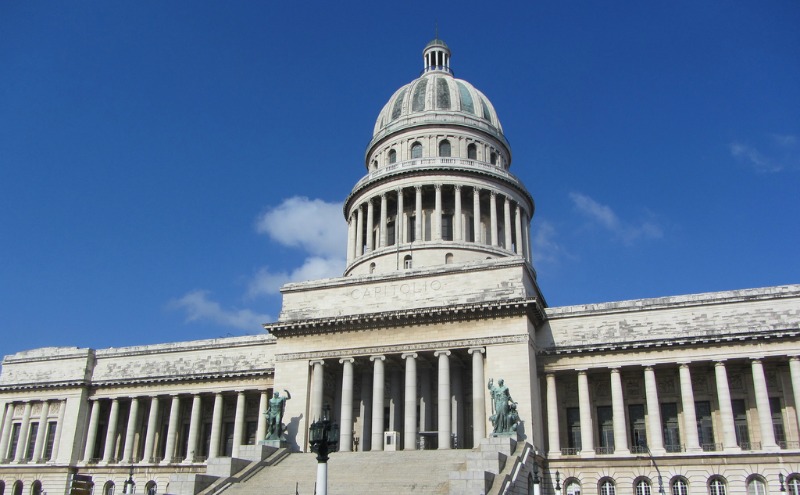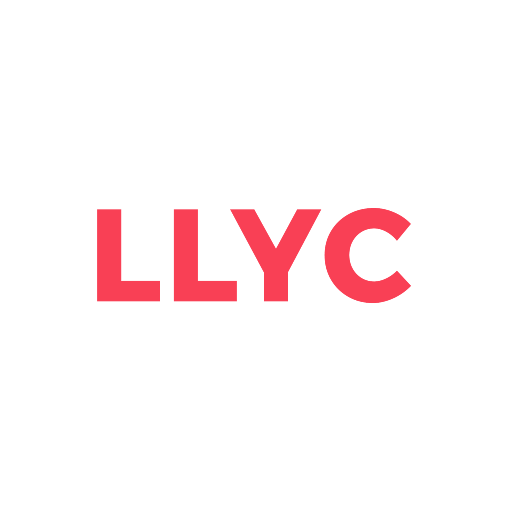LLYC 27 Sep 2016 // 5:35PM GMT

Cuba’s appeal is difficult to describe. It is an island that, due both to its geostrategic location and its history, has been called to play a leading role in the coming years. The restoration of relations with the U.S. has ushered in a new stage of bilateral relations, and in Cuba’s relations with the rest of the world. We are witnessing a new era that has generated many expectations, but despite the many obstacles and tensions expected throughout this complex process, the openness, modernization and liberalization of its economy is an irreversible process that will have to tackle three big challenges.
Firstly, the generational handover. For biological reasons, the revolutionary leadership, with the Castro brothers at the helm, will have to step down and make room for a new generation of political leaders. This handover will be far from easy given that the Cuban regime is not known for linear or transparent processes. The process and time for decision-making have always been unpredictable and not devoid of surprises. Attempts have always been made from abroad to identify, pinpoint and even influence President Raul Castro´s possible successor, but we must be prudent in our affirmations and evaluations. Perhaps it is more likely to consider a smooth political transition process that tries to reconcile the characteristics of a closed political system with a more participative and plural one. This is a decision that, in any case, should be made by the Cuban people.
Secondly, Cuba faces the urgent challenge of economic modernization. Its transition depends largely on its capacity to generate a virtuous circle of growth that can, in turn, generate wealth and prosperity for the Cuban people. The country could transition toward a competitive social model without giving up its core principles of equality and distribution of wealth by modernizing its public companies and enhancing the country’s large cooperative sector, its small- and medium-sized enterprises and its self-employed, autonomous workers. However, all this requires the introduction of efficient criteria, incentives and self-government. The country boasts positive examples of successful industries and companies in tourism, biotechnology, health services and culture and has an excellent opportunity to boost and manage other driving sectors of the economy, such as food, energy, transport and infrastructure.
Finally, Cuba’s third challenge lies in capitalizing on and promoting the enormous human capital it has. If there is something that characterizes Cuba in relation to other developing countries, it is precisely the level of education and creativity of its population. Cuba’s future has to be based on liberating the talent, skills and potential of its young people to allow them to become the protagonists of this new Cuba.
In conclusion, these three titanic, but perfectly feasible, challenges should point toward a new horizon, a new destiny to turn all this potential, wealth and plurality into a new inclusive, shared project that will position the country in its rightful place in the political, economic, social and cultural spheres.
By: Joan Navarro, Partner and vice-chairman of Public Affairs at LLORENTE & CUENCA
&
Pau Solanilla, Managing director of operations in Cuba at LLORENTE & CUENCA


































.jpg)














